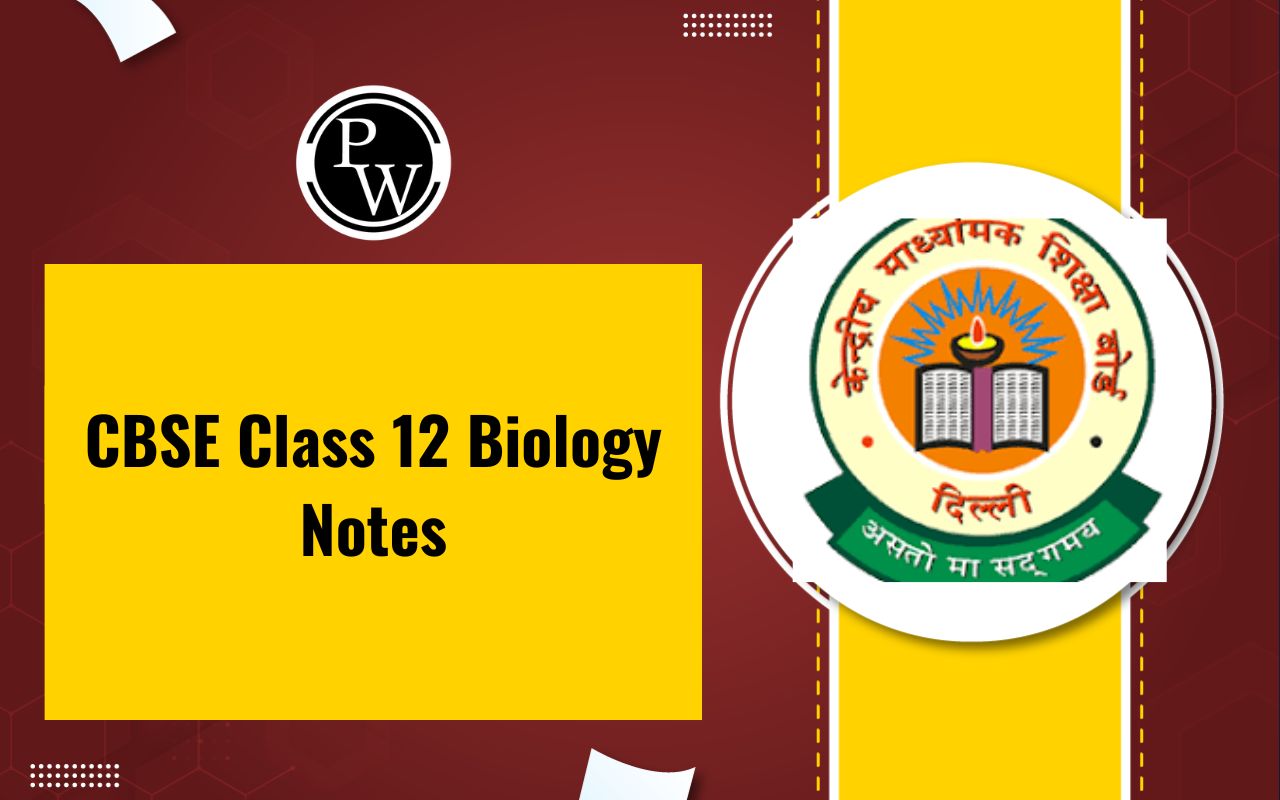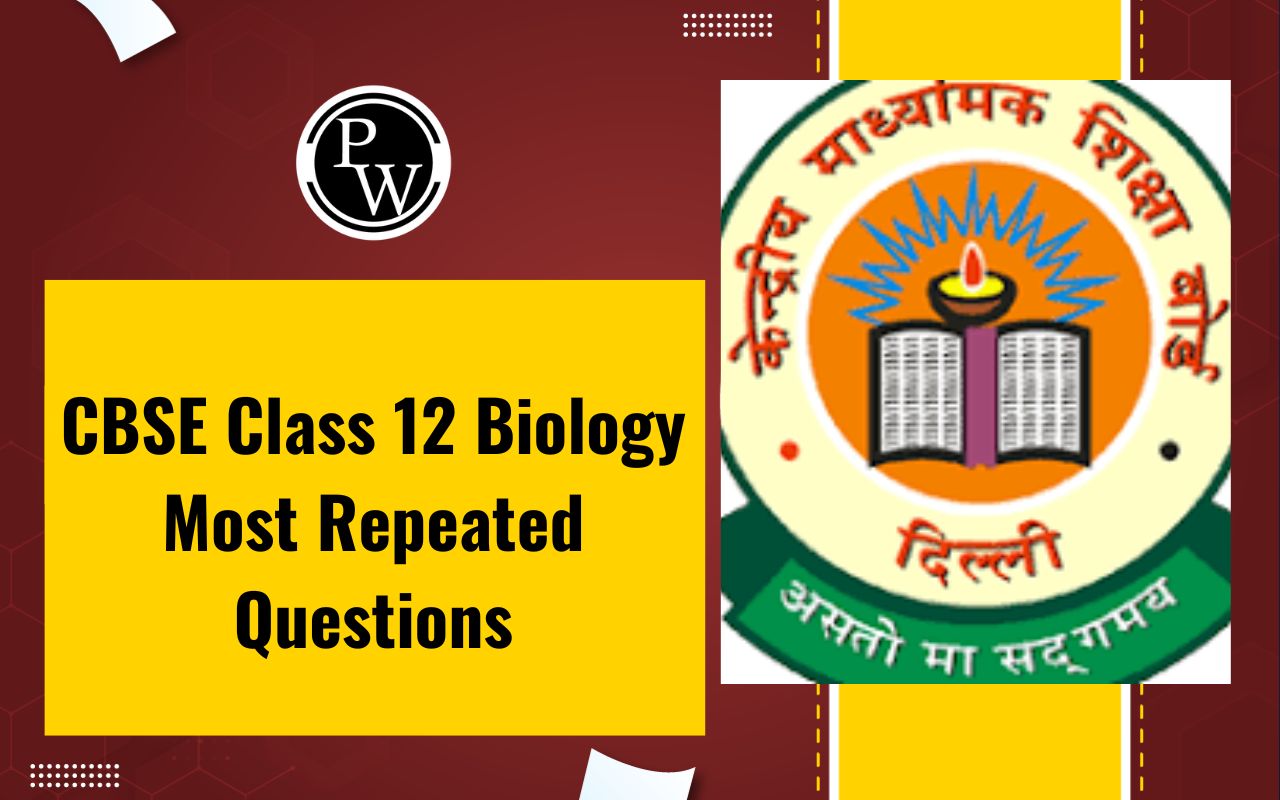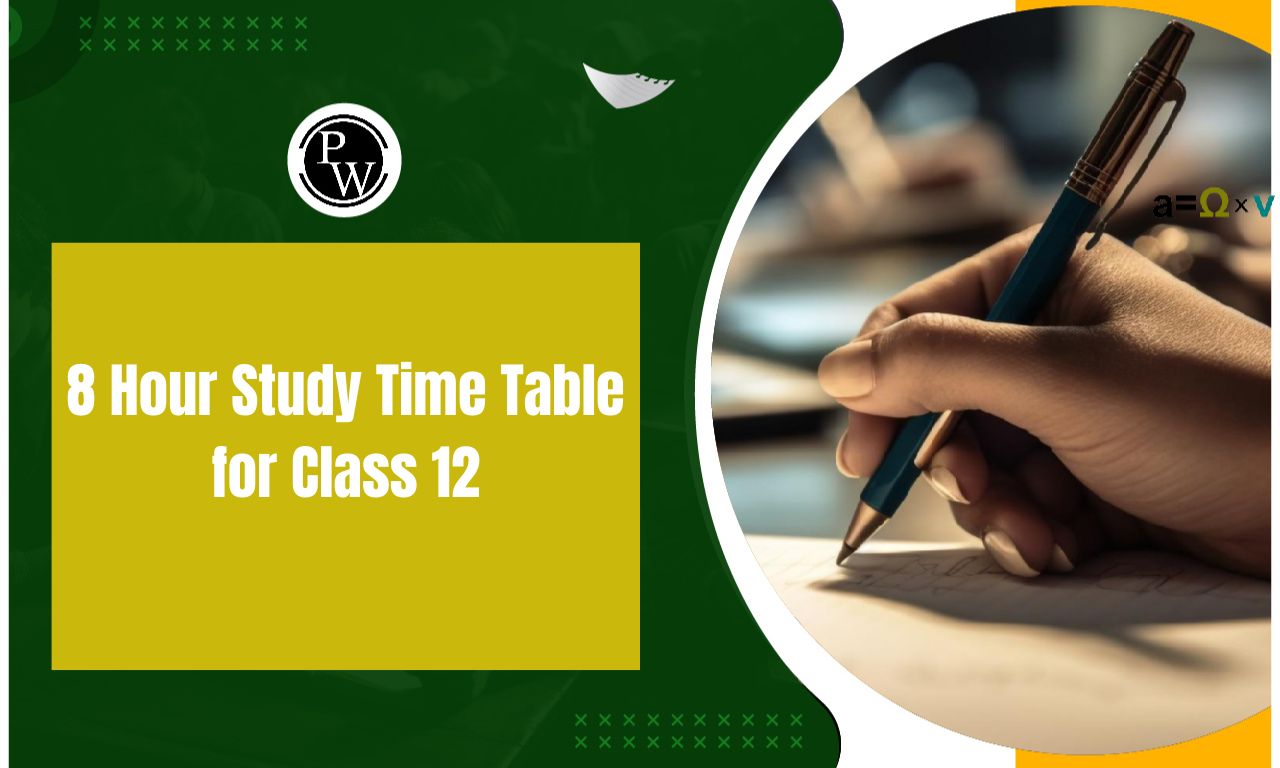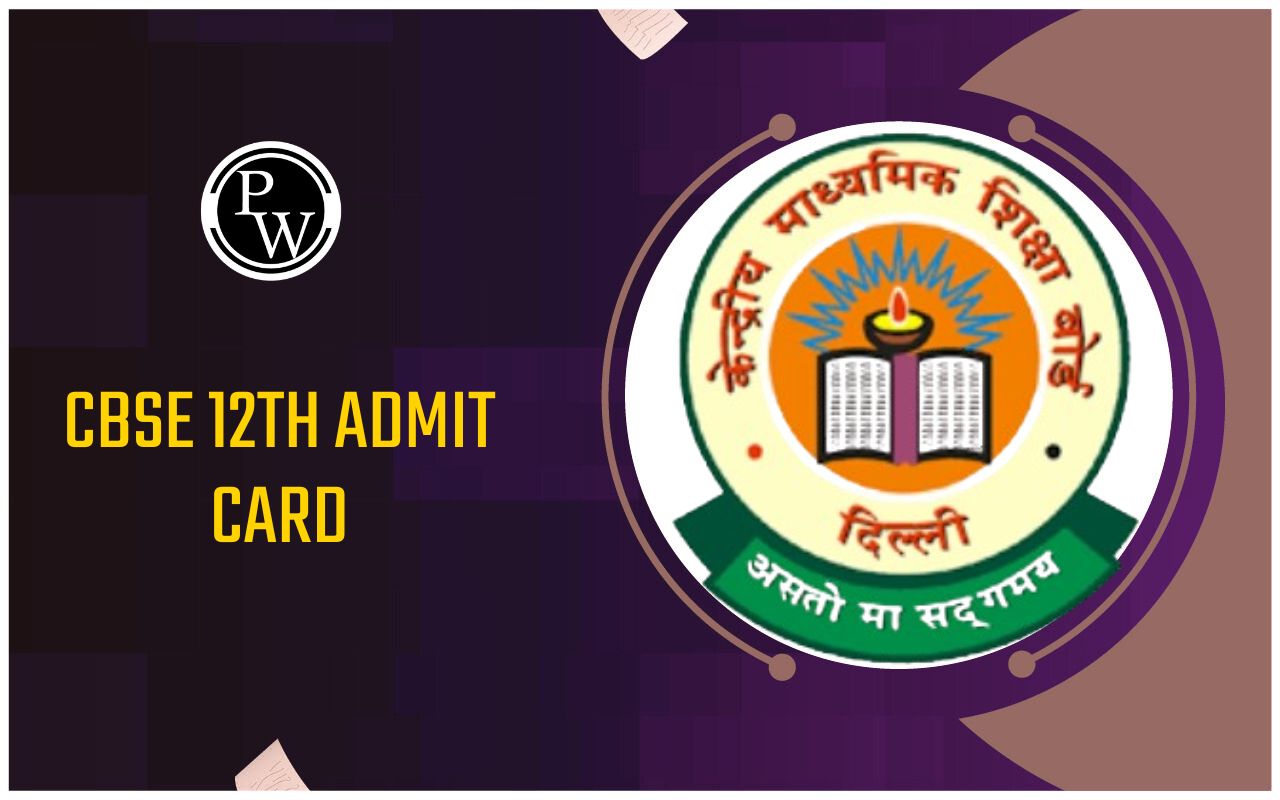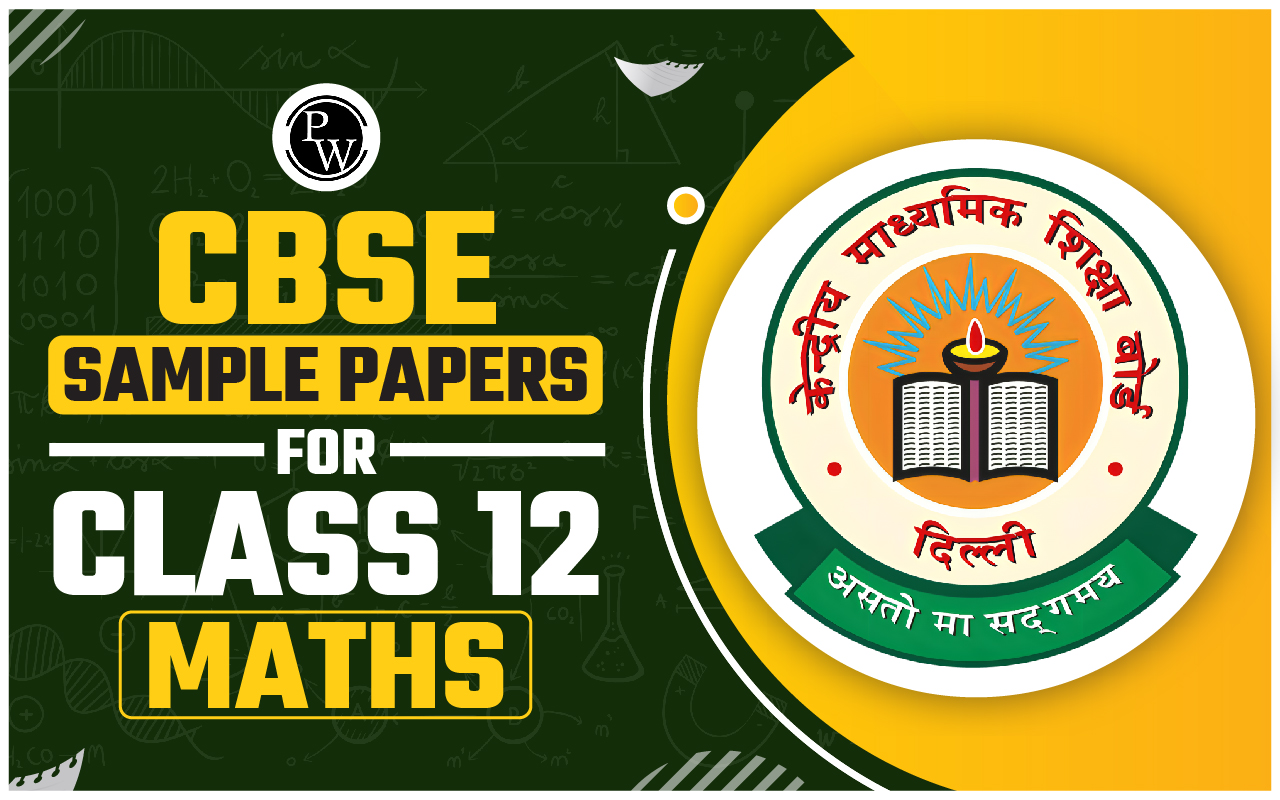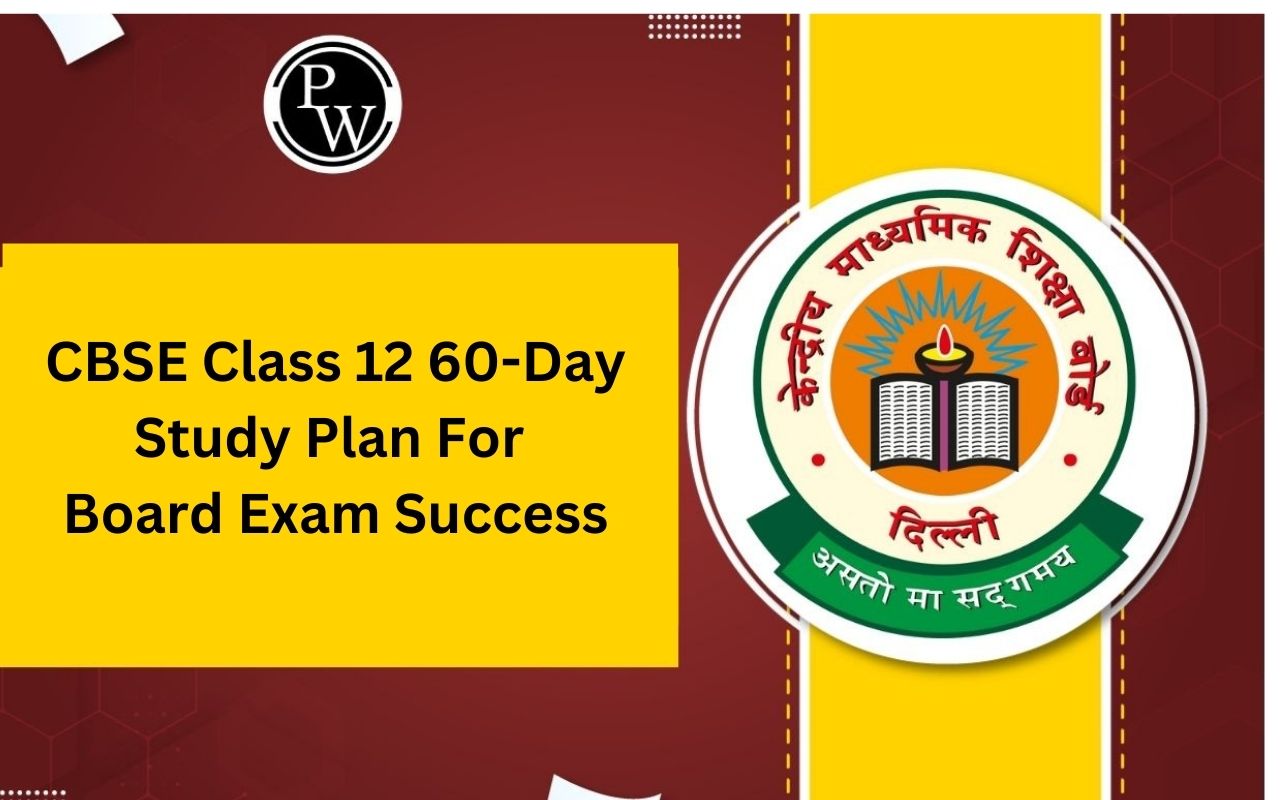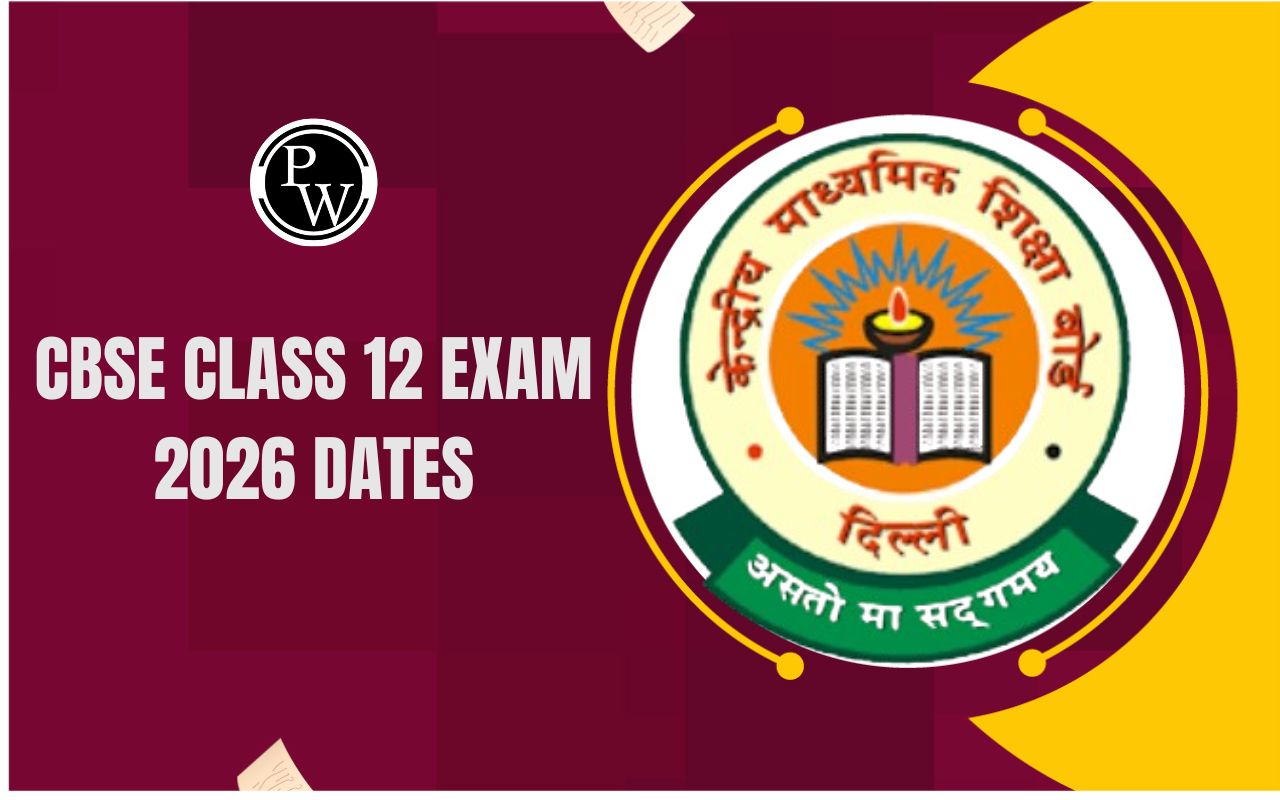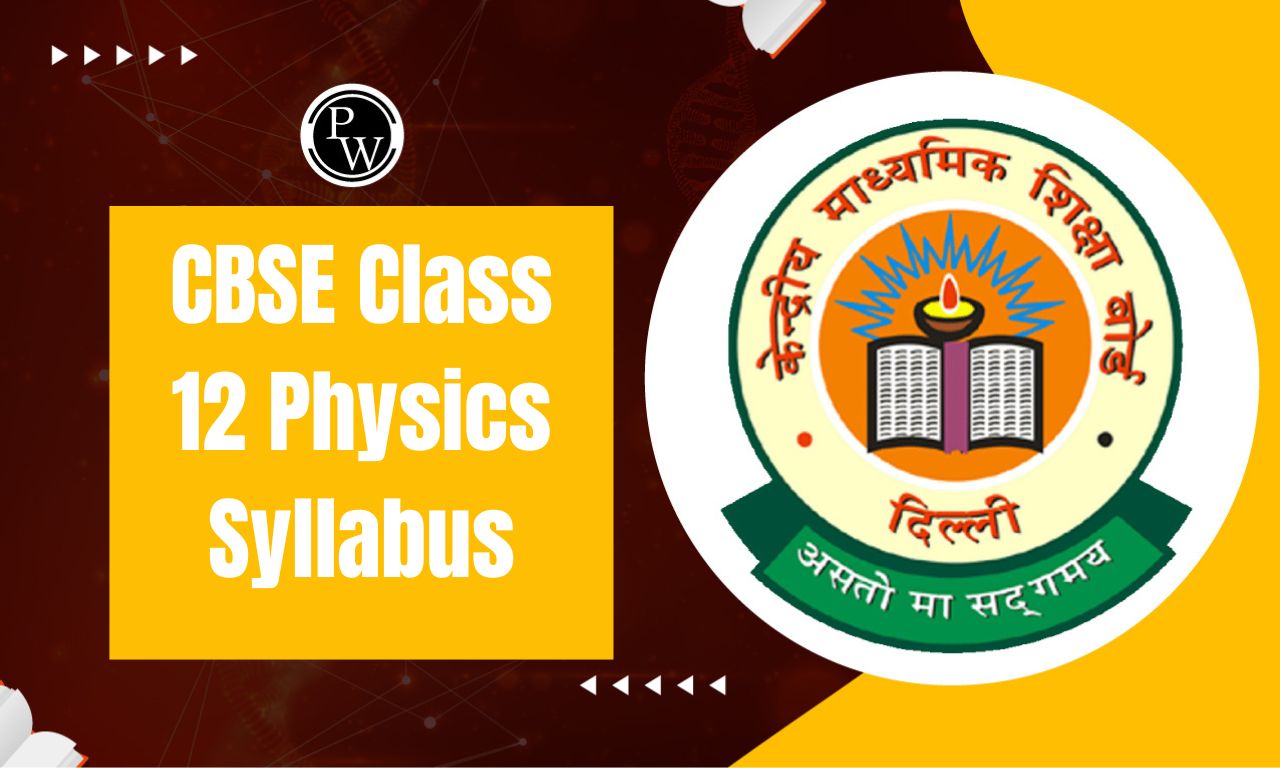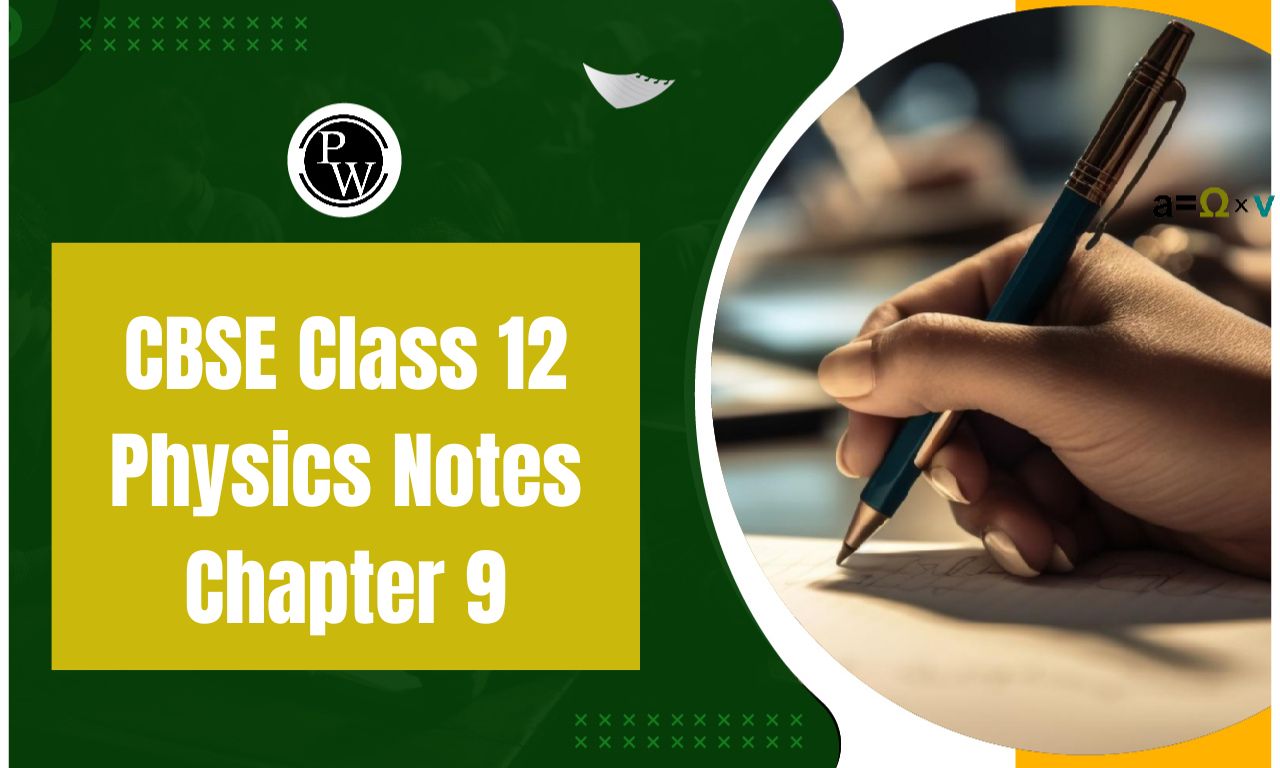
CBSE Class 12 Physics Most Repeated Questions: The CBSE Class 12 Physics exam often includes questions from key chapters like Electrostatics, Current Electricity, Optics, and Dual Nature of Matter. Repeated topics include derivations of Ohm’s Law, Kirchhoff's Laws, Ray and Wave Optics, and numerical problems on capacitors, semiconductors, and AC circuits.
Frequently asked conceptual questions cover the photoelectric effect, electromagnetic waves, and communication systems. Diagrams, graphical representations, and their interpretations, especially in Magnetism and EM Induction, are crucial. Practicing previous years’ papers and understanding the NCERT examples can significantly enhance preparation for these recurring questions, as they highlight examiner trends and critical areas of focus.CBSE Class 12 Physics Most Repeated Questions
Q1. If the net electric flux through a closed surface is zero, then we can infer
- E/4
- 0
- 2E
- 4E
Q2. An electric dipole of length 2 cm is placed at an angle of 30° with an electric field 2x10 5 N/C. If the dipole experiences a torque of 8 x 10 -3 Nm, the magnitude of either charge of the dipole is
- 4µC
- 7µC
- 8mC
- 2mC
Q3. Electric flux through a spherical surface shown in the figure, is
Q4. Does the charge given to a metallic sphere depend on whether it is hollow or solid. Give reason for your answer.
Q5. (a) A uniformly charged large plane sheet has charge density
𝜎=(1/18π)x10 -15 C/m 2 Find the electric field at point A which is 50 cm from the sheet. Consider a straight line with three points P, Q and R placed 50 cm from the charged sheet on the right side as shown in the figure. At which of these points, does the magnitude of the electric field due to the sheet remain the same as that at point A and why?Q6. N small conducting liquid droplets, each of radius r, are charged to a potential V each. These droplets coalesce to form a single large droplet without any charge leakage. Find the potential of the large drop.
Q7. Draw the equipotential surfaces corresponding to a uniform electric field in the z-direction.
Q8. Draw the equipotential surface due to an electric dipole.
Q9. Draw equipotential surface due to an isolated point charge (-q) and depict the electric field lines. (AI 2020)
Q10. A cube of side 20 cm is kept in a region as shown in the figure. An electric field E exists in the region such that the potential at a point is given by V=10x + 5, where V is in volt and x is in m. Find the electric field E and total electric flux through the cube. (AI 2020)
Q11. The energy required by an electron to jumbo the forbidden band in silicon at room temperature is about (2023)
(a) 0.01 ev (b) 00.5 eV (c) 0.7eV (d) 1.1eVQ12. The __, a property of materials C, Si, and Ge depends upon the energy gap between their conduction and valence bands. (2020)
Q13. Assertion (A): The resistance of intrinsic semiconductor decreases with increases in its temperature.
Reason (R): The number of conduction electrons as well as hole increase in an intrinsic semiconductor with rise in its temperature.
(a) Both Assertion (A) and Reason (R) are true and Reason (R) is the correct explanation of the Assertion (A) (b) Both Assertion (A) and Reason (R) are true, but Reason (R) is not the correct explanation of the Assertion (A) (c) Assertion (A) is true, but Reason (R) is False. (d) Assertion (A) is false, but Reason (R) is true.Q14. A square shaped coil of side 10 cm, having 100 turns is placed perpendicular to a magnetic field which is increasing at 1 T/s. The induced emf in the coil is
(a) 0.1 V (b) 0.5 V. (c) 0.75 V (d) 1.0 VQ15. Two identical circular discs, one of copper and another of aluminium, are rotated about their geometrical axes with same angular speed in the same magnetic field acting perpendicular to their planes. Compare the
(i) induced emf, and (ii) induced current produced in discs between its centre and edge. Justify your answers.Q16. A flexible wire of irregular shape, abcd , as shown in the figure, turns into a circular shape when placed in a region of magnetic field which is directed normal to the plane of the loop away from the reader. Predict the direction of the induced current in the wire.
Q17. A metallic rod PQ of length / is rotated with an angular velocity ω about an axis passing through its mid-point (O) and perpendicular to the plane of the paper, in uniform magnetic field B, as shown in the figure. What is the potential difference developed between the two ends of the rod, P and Q?
Q18. The ratio of the nuclear densities of two nuclei having mass numbers 64 and 125 is
(a) 64/125 (b) ⅘ (c) 5/4 (d) 1Q19. Which of the following statements is not correct according to the Rutherford model?
(a) Most of the space inside an atom is empty. (b) The electrons revolve around t h e nucleus under the influence of coulomb force acting on them. (c) Most part of the mass of the atom and its positive charge are concentrated at its centre . (d) The stability of atom was established by the mode.Q20. The energy of a photon of wavelength λ is
(a) hc λ (b) hc/λ (c) λ /hc (d) λh/cQ21. Define the term threshold frequency in photoelectric emission.
Q22. Sodium light consists of two wavelengths, 5900Ä and 5960Ä. If a slit of width 2x10 -4 m is illuminated by sodium light, find t h e separation between the first secondary maxima of the diffraction pattern of the two wavelengths on a screen placed 1.5 m away.
Q23. An object is kept 20cm in front of a concave mirror of radius of curvature 60cm. Find the nature and position of the image formed.
Benefits of Using CBSE Class 12 Physics Most Repeated Questions
CBSE Class 12 Physics Most Repeated Questions FAQs
Do questions repeat in CBSE board exam class 12?
Which is the hardest chapter in Physics class 12 CBSE?
Do questions repeat in Physics board exam?
Who is the father of physics?

